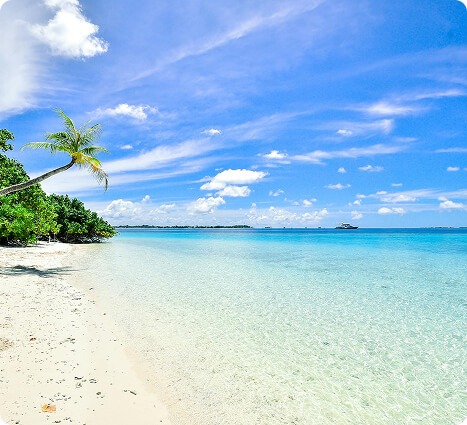Desalination plays a crucial role in enhancing water security by transforming seawater and brackish water into a reliable freshwater source. As global freshwater supplies face increasing pressure from population growth and climate change, desalination provides a sustainable solution for water-scarce regions, ensuring access to clean water for drinking, agriculture, and industry. With advancements in energy-efficient technologies, desalination is becoming more cost-effective and environmentally sustainable, making it a vital component of long-term water resilience strategies.

There are several treatment processes for desalination, including reverse osmosis, thermal distillation, and electrodialysis. Reverse osmosis (RO) is currently the most widely used desalination technology, accounting for over 60% of global desalination capacity. In RO, seawater is forced through a semipermeable membrane under high pressure, which separates the salt and other minerals from the water. Thermal distillation, which involves boiling seawater and condensing the vapor to produce freshwater, is typically used in large-scale desalination plants. Electrodialysis uses an electric field to remove ions from the water, and is often used in combination with RO or thermal distillation. While these treatment processes are effective at producing potable water from seawater, they require significant energy inputs and can be expensive to operate and maintain. Ongoing research and development efforts are focused on improving the efficiency and cost-effectiveness of desalination technologies, as well as exploring alternative sources of freshwater.
Hydroleap is bringing next-generation wastewater treatment technology to the desalination sector with its proprietary electrocoagulation (EC) technology, addressing some of the industry’s most persistent challenges—high energy consumption, membrane fouling, and costly maintenance. As part of a $6 million initiative led by Gradiant and funded by PUB and the National Research Foundation (NRF), Hydroleap’s EC system is serving as a critical pretreatment solution at the Desalination Integrated Validation Plant (D-IVP) in Singapore.
By reducing turbidity and algae by 99%, Hydroleap significantly lowers membrane fouling by 40%, one of the leading causes of increased energy use and membrane failure in reverse osmosis systems. These improvements result in up to 60% overall cost savings through reduced cleaning needs, longer membrane lifespan, and more stable energy performance. With its chemical-free, low-maintenance technology, Hydroleap is helping desalination plants operate more efficiently, sustainably, and affordably.
